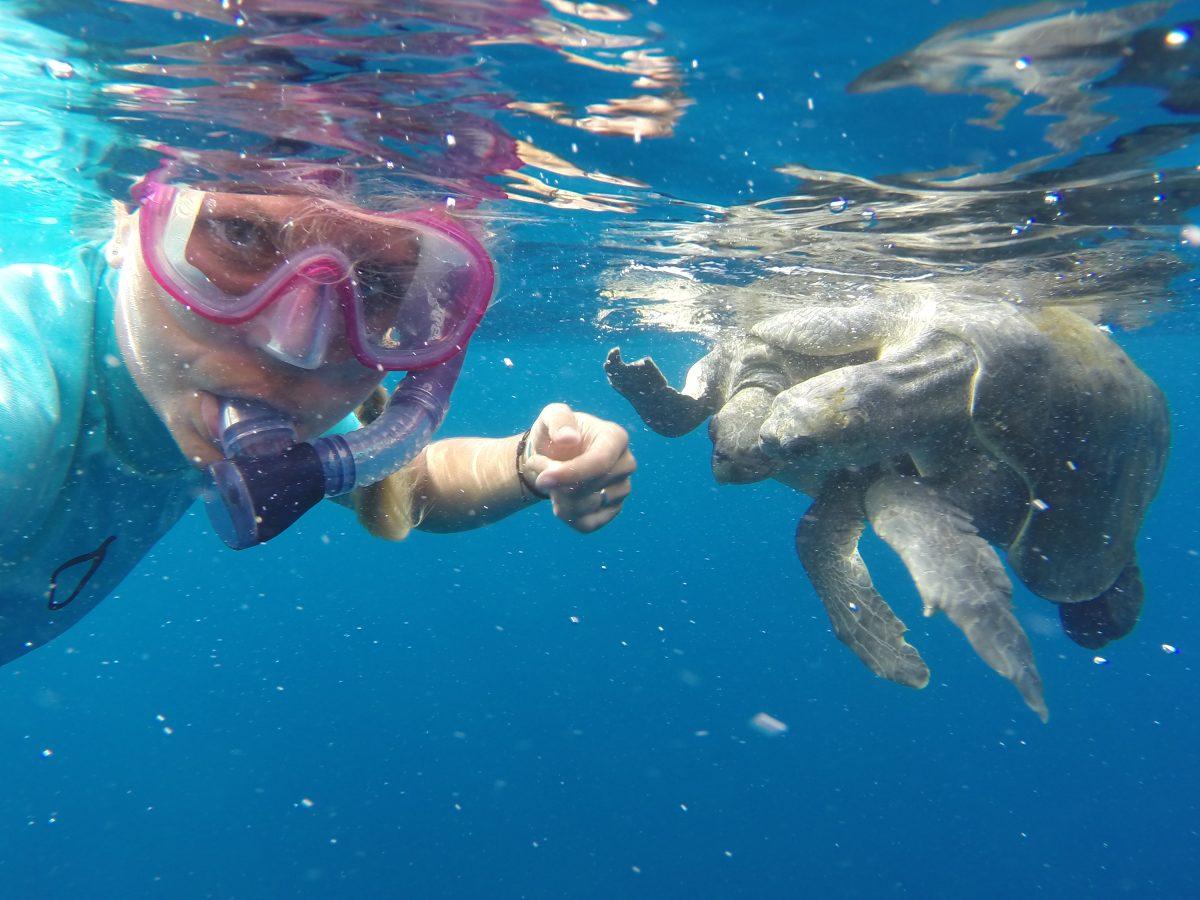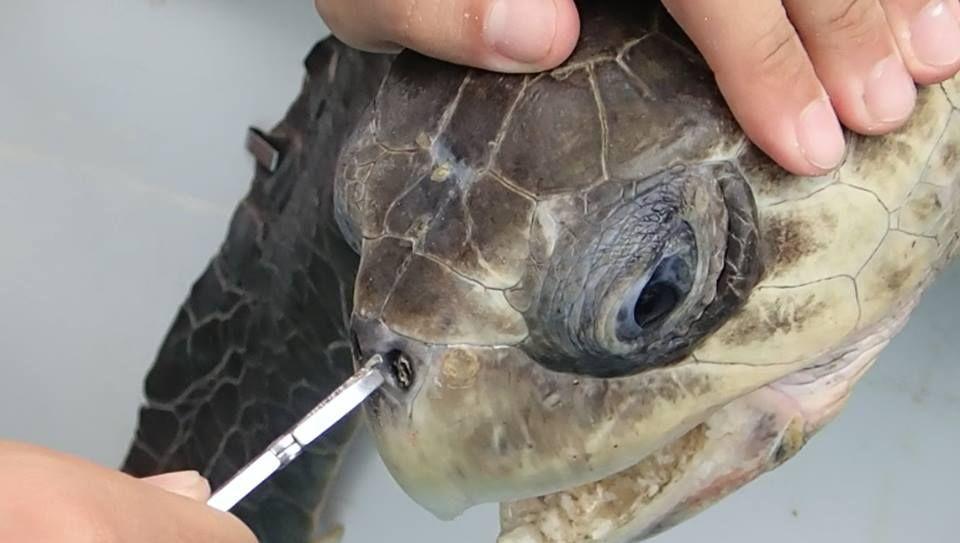Battalion News writer Bethany Irvine spoke with Christine Figgener, Marine Biology PhD candidate who filmed her encounter with a sea turtle after discovering a 10-12 inch plastic straw lodged in its nostril. Figgener discusses her initial reaction to the rescue, her research and the impact of plastic on the environment.
THE BATTALION: What were the circumstances surrounding the video? What was your initial reaction to discovering the turtle?
FIGGENER: I was conducting research on the pacific coast of Costa Rica for my PhD in marine biology and while we were capturing turtles, because I was looking at the mating behavior of sea turtles, we had a male sea turtle on our boat that had something in his nose, which we didn’t know what it was and it looked like some sort of animal, like a barnacle or something. We — just out of biological curiosity — starting pulling on it to see what it was and what we noticed was that it was not some sort of animal but actually something that was made out of plastic. Later on after we identified it as a plastic drinking straw then we removed it entirely.
THE BATTALION: What was the turtle’s prognosis after its release?
FIGGENER: For the turtle the wound would have been fatal had we left the plastic inside its nostril. You can’t really see it in the video, but the straw had completely lodged in the nasal cavity. What we think happened is that the turtle had swallowed the straw and either gagged or regurgitated it and it ended up in the wrong passageway. Turtles are similar to humans in that the nasal passageways are connected to the mouth, so it is similar to if you were to laugh while eating spaghetti, then you might cough it up your nose. So it probably scratched up the throat a bit. But I’m pretty sure the turtle is now able to feed properly again. I’m sure that breathing was very difficult with this thing lodged in his nose in sea turtles the sense of smell is the most important sense and I don’t even know how he was able to eat any type of prey, if you look at the straw you can see the arch, and it matched the anatomical structure between the mouth and the nose.
THE BATTALION: The YouTube video currently has over 4 million views. Did you expect the video to go viral?
FIGGENER: Not at all. I was in a remote area of Costa Rica and it took me around 5 hours to upload the video online,and I expected the usual, I don’t know, 500 maybe 600 who view the videos on my channel, but when I checked back it was already at 3,000 hits. I actually wrote an email to my supervisor and said, “Haha, my video is going viral,” and when I checked back a few days later it was already around 200,000 views. I never expected that to actually come true.
THE BATTALION: How has the video impacted the course of your research?
FIGGENER: After the video began to get popular, I got a lot of emails asking questions and asking how to support my research. It gave me the idea to start a GoFundMe campaign online. What was really interesting was that Victorinox Swiss Army Knife company in Switzerland contacted us after they saw that we were using one of their products in our video. They use a lot of money for their commercials but they do like people like us, who have made contributions to the environment. So they are actually supporting our research campaign right now. We are actually launching a new part of our campaign where they gave us watches that are worth up to $700, which is equal to the highest donations in the next few months worth in U.S. dollars. This all goes towards my research for my PhD, where I’m looking at turtle mating behavior in general, and I am working on a genetic study to look at how closely related mating sea turtles actually are.
THE BATTALION: Why do you think the video impacted so many people?
FIGGENER: I think that it’s like a car accident — you can’t look away. It was quite gruesome to see and film it, and I think the video makes people realize how plastic, such as straws, that we use everyday is can cause so much pain to one animal. It makes you just think about how many possibles suffering animals there are that are affected by the plastic we use. I think it really hit home, and it makes you feel powerful to actually say no to using single-use plastic items.











